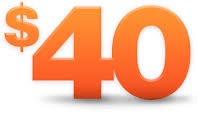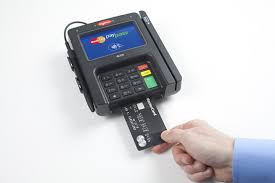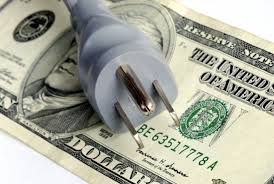
Rule Number One of personal finance is a simple one: You can’t spend more than you have coming in without consequences. Rule Number Two is also simple: Save something from every pay check and you’ll build security and the ability to make necessary purchases without stress down the road.
One of the common flaws with budgeting is that people write into the budget what they know, things such as rent, food, utilities, insurance, transportation costs, tuition payments, etc. What breaks the budget are the things that don’t get written down, such as what you spend for cabs, coffee breaks, newspapers and all the little “pick-up” items that seem necessary at the moment. Write it down, whether it is an $800 computer or a $2 magazine. When you have a clear picture of the usual amount of spontaneous spending you are doing, allow yourself a certain amount for un-budgeted items and don’t go over the allowance.
Keep a spending diary that lists every item you buy for a period of time. It may help you discover how come the end of the pay period too often finds you without funds.
A simple way to analyze your spending habits is to download your banking transactions for a period of a year. Import the data into Excel. Sort the payees to help you categorize transactions. You can easily total the amounts your are spending at Starbucks or your favorite restaurant. Get totals on your utilities, housing and other fixed payments as well as your leisure spending. When you get this bird’s eye view of your spending, then you can make new decisions to help you create a workable budget that cuts unnecessary spending.
Don’t spend without thinking about it first. Impulse buying gets you into trouble. If it isn’t in the budget, you can do without. And give serious thought to what is really necessary and what simply sounds attractive at the moment. A little bit of sacrifice now may buy you a lot of security as time goes by and you gain control of your income and put it to work for you.



